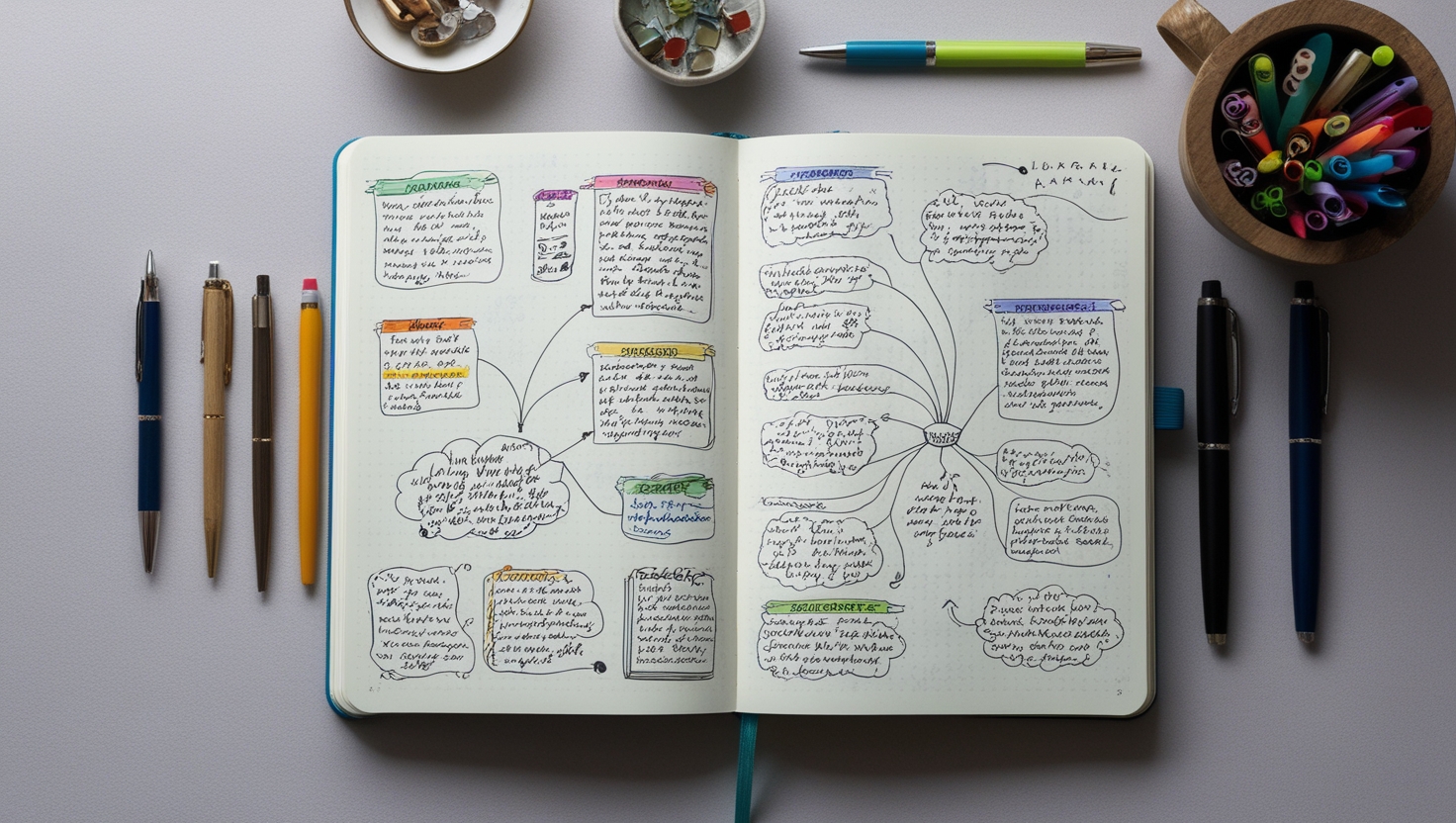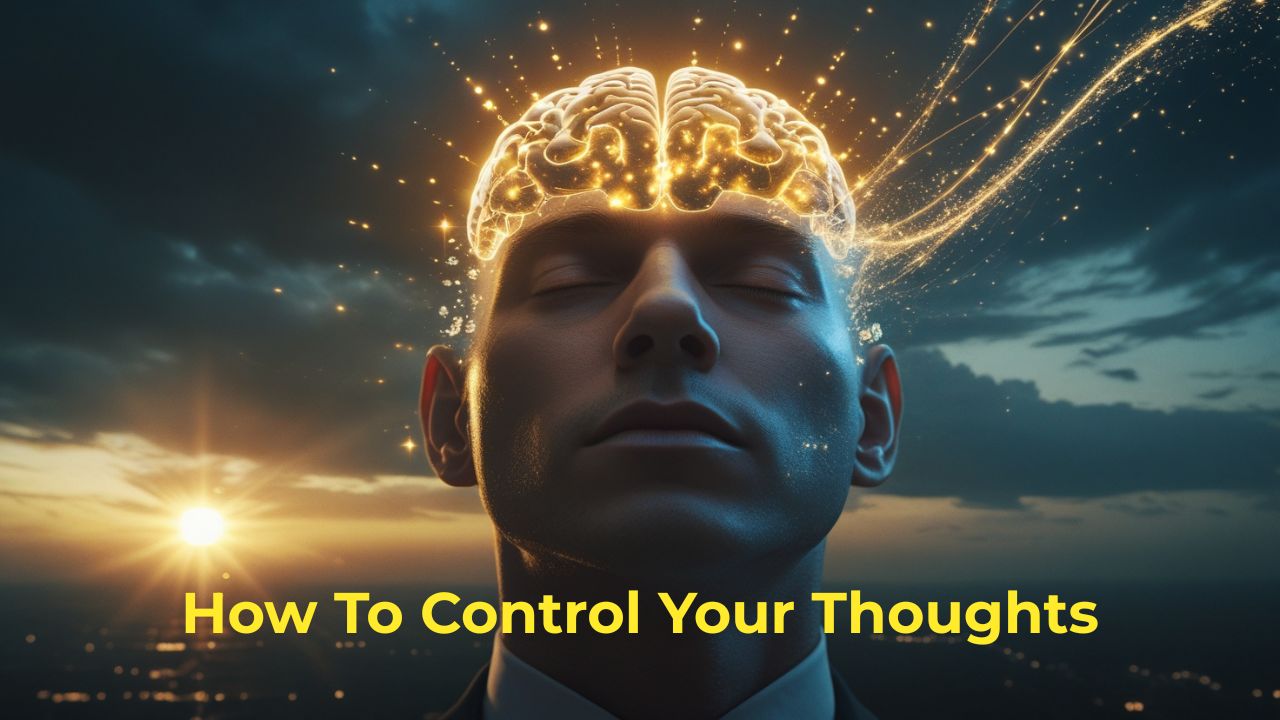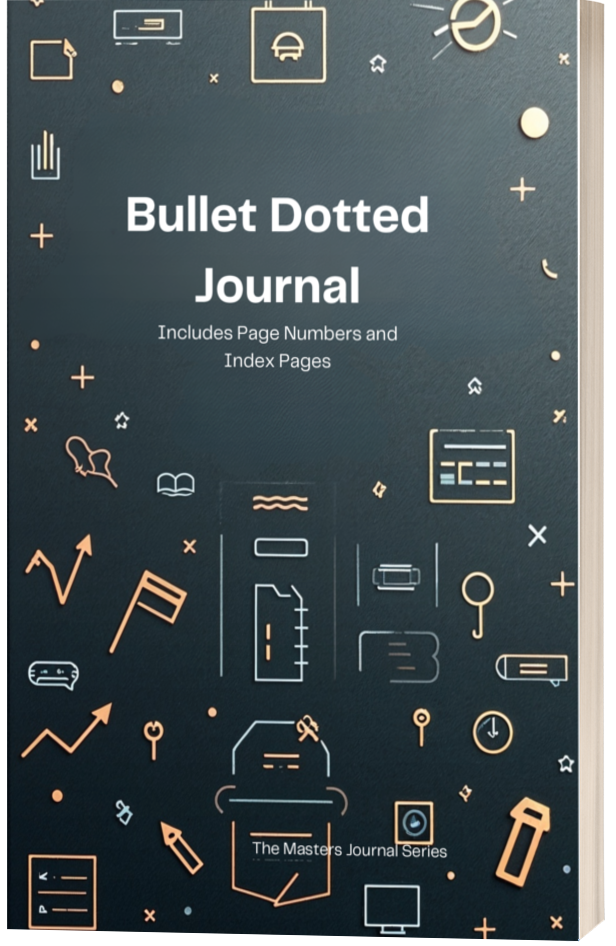Understanding the Current Reality Tree: A Practical Tool for Problem Solving
Life presents us with many challenges—procrastination, stress, conflict, and so on. When we face a problem, it can feel overwhelming and difficult to know where to begin in finding a solution. A useful tool to help you understand the root of your problems is the Current Reality Tree (CRT). This method helps you dig beneath the surface to uncover the true causes of your problems and shows you how to solve them more effectively.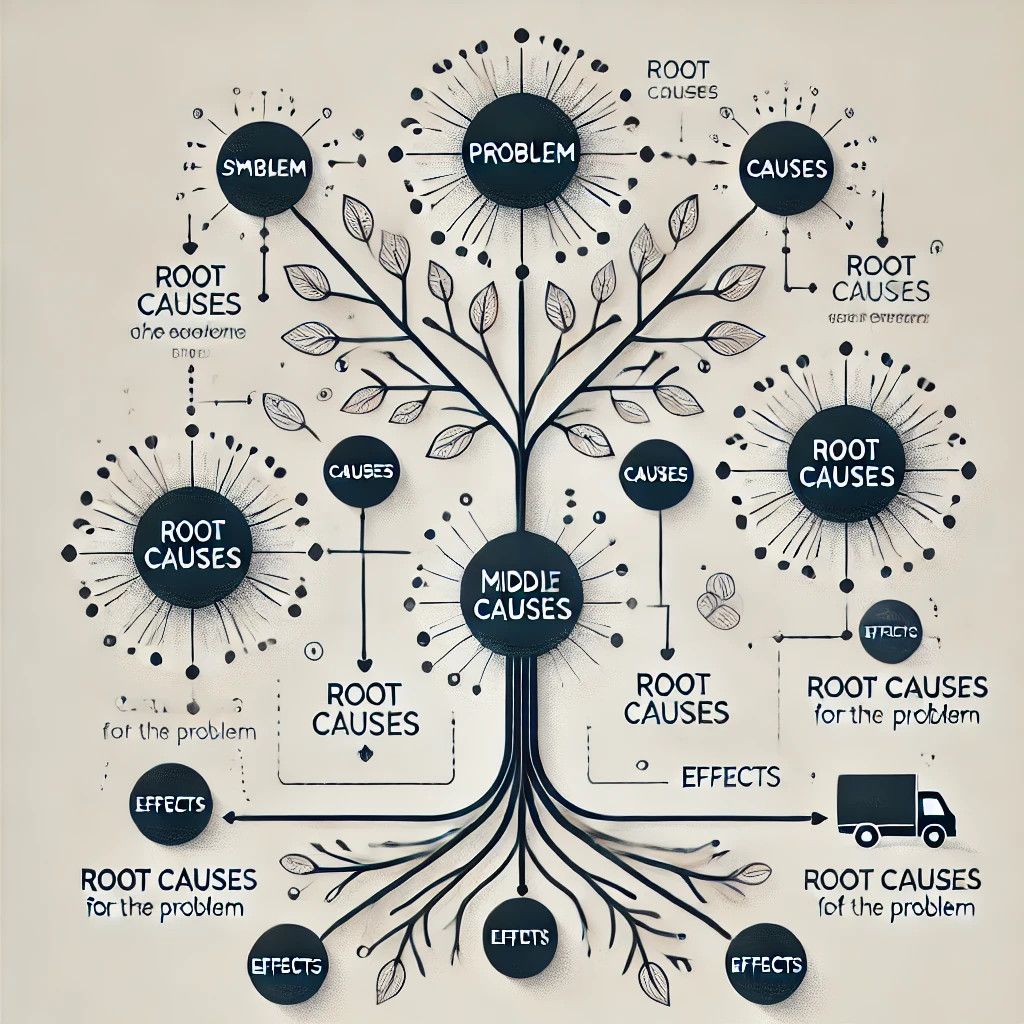
Let’s break down how the Current Reality Tree works and how it can be used to solve problems you're experiencing right now.
What is the Current Reality Tree?
The Current Reality Tree is a problem-solving tool that helps you identify the root causes of your issues. Rather than just dealing with the symptoms (such as procrastination or stress), the CRT digs deeper to uncover the real factors that are contributing to these issues. By solving the root causes, you can resolve the problem in a more lasting way.
The tree is structured in the following way:
1. The Problem (Top of the Tree) – The issue or symptom you're experiencing.
2. The Causes (Branches) – The deeper issues or factors contributing to the problem.
3. The Root Causes (Bottom Leaves) – The underlying causes that lead to the issues.
4. The Effects (Consequences) – The negative outcomes or consequences resulting from the problem.
How Does the Current Reality Tree Work?
Here’s a step-by-step guide to using the Current Reality Tree:
Step 1: Identify the Problem (Top of the Tree)
The first step is to define the problem or symptom you’re experiencing. This is the thing that’s bothering you right now, the issue that’s making you feel stuck. This goes at the top of the tree.
For example, if you're procrastinating:
• Problem: "I am procrastinating and not completing my tasks on time."
This is the surface-level issue you're dealing with, and it forms the top of your tree.
Step 2: Identify the Causes (Branches of the Tree)
Next, you need to explore the causes that are contributing to this problem. Ask yourself, "Why is this happening?" By identifying the causes, you can trace the path of how they lead to the main problem. The causes form the branches of your tree.
For procrastination, possible causes might include:
◇ Cause 1: "I feel overwhelmed by the tasks I need to complete."
◇ Cause 2: "I don’t manage my time well."
◇ Cause 3: "I have a fear of failure and avoid starting tasks because of it."
These causes are contributing to the problem of procrastination, and they appear as the branches in the tree structure.
Step 3: Identify the Root Causes (Bottom Leaves)
Now, we move deeper. At the bottom of the tree, you'll identify the root causes—the deeper, often hidden factors that are triggering the causes you've already listed. These root causes are the fundamental issues that, when solved, can address the problem at its core.
For example, the root causes of procrastination could include:
◇ Root Cause 1: "I have poor stress management skills."
◇ Root Cause 2: "I lack self-confidence and fear not succeeding."
◇ Root Cause 3: "I don’t have clear goals or priorities."
These root causes are at the very bottom of the tree, and they lead to the branches (causes) that ultimately result in the problem (procrastination).
Step 4: Identify the Effects (Consequences of the Problem)
The effects are the negative outcomes that result from the problem you're facing. These are the consequences that occur because the problem (procrastination) exists, and they form the effects of the tree.
For procrastination, the effects might include:
◇ Effect 1: "I miss deadlines and have to rush to complete tasks."
◇ Effect 2: "I feel stressed and anxious about unfinished work."
◇ Effect 3: "My productivity drops, and I don’t make progress on my goals."
These effects stem directly from the problem at the top (procrastination) and reflect how the issue is affecting your life.
Step 5: Create Solutions (Address the Root Causes)
Now that you've worked down the tree and identified the problem, causes, root causes, and effects, you can work your way back up the tree to implement solutions. The key here is to address the root causes rather than just managing the symptoms.
For example, to tackle procrastination, you might:
1. For Root Cause 1 (Poor stress management): Practice relaxation techniques such as meditation, deep breathing, or time management strategies to reduce stress.
2. For Root Cause 2 (Lack of self-confidence): Take small, achievable steps to build your confidence, such as setting realistic goals and celebrating each success.
3. For Root Cause 3 (Lack of clear goals): Set clear, specific goals with deadlines to help you stay focused and motivated.
By addressing these root causes, you'll tackle procrastination at its source, which will help you eliminate the problem and prevent it from recurring.
Example: Solving a Career Problem Using the Current Reality Tree
Let’s apply this to a career situation: You feel stuck in your job and don’t know how to advance. The CRT can help you identify why you feel stagnant.
1. Problem: "I feel stuck in my career and can’t seem to move forward."
2. Causes:
◇ Cause 1: "I don’t have the skills needed for a promotion."
◇ Cause 2: "I’m not networking or building relationships with the right people."
◇ Cause 3: "I lack confidence and avoid applying for higher-level positions."
- Root Causes:
◇ Root Cause 1: "I’m not dedicating time to learning new skills or advancing my knowledge."
◇ Root Cause 2: "I’m uncomfortable in social situations and avoid networking events."
◇ Root Cause 3: "I have imposter syndrome and feel like I’m not qualified for higher positions."
- Effects:
◇ Effect 1: "I’m not considered for promotions."
◇ Effect 2: "I feel frustrated and unfulfilled in my current role."
◇ Effect 3: "I lose motivation and feel stuck."
Solutions:
1. For Root Cause 1 (Lack of learning): Dedicate time each week to enhance your skills or take courses related to your field.
2. For Root Cause 2 (Networking discomfort): Start by attending small, casual events and build your confidence with one-on-one conversations.
3. For Root Cause 3 (Imposter syndrome): Seek mentorship or professional coaching to build your self-esteem and challenge your feelings of inadequacy.
By addressing the root causes, you can begin solving the problem of feeling stuck in your career.
Why the Current Reality Tree is So Effective
1. It Identifies Root Causes
The CRT helps you see beyond surface-level issues by revealing the true causes behind your problems. This allows you to create more effective solutions.
2. It Helps You Break Down Complex Problems
Rather than feeling overwhelmed by a big problem, the CRT breaks it down into smaller components. By focusing on the root causes, it becomes easier to find actionable solutions.
3. It Provides Long-Term Solutions
By tackling the root causes directly, the CRT allows you to create lasting solutions that prevent the problem from coming back.
4. It Offers Clarity and Focus
By following the structure of the CRT, you can clearly see how the causes lead to effects and understand exactly what steps need to be taken to fix the problem.
Conclusion
The Current Reality Tree is a powerful problem-solving tool that helps you go beyond the surface to uncover the root causes of your issues. Whether you’re dealing with procrastination, career stagnation, or personal challenges, the CRT helps you see how underlying factors contribute to the problems you're facing. Once you address these root causes, you can create long-lasting solutions that improve your life.
Next time you encounter a problem, use the Current Reality Tree to dig deep, identify the true causes, and find effective solutions that tackle the issue at its source.
- Audio Articles
- Audio Articles 1
- Audio Articles 2
- Audio Articles 3
- Audio Articles 4

7 Daily Disciplines That Transform Your Life
The power to act with intention, to align your actions with your values, and to move steadily toward a life of purpose—even on days you don't feel like it.
Read Full Article
How to Build Unbreakable Discipline
Discipline is built—habit by habit, choice by choice, day by day. And the most powerful kind? The kind that doesn’t crack under pressure. The kind that becomes part of who you are.
Read Full Article
Why Motivation Fails And Discipline Wins Every Time
We all love the feeling of motivation—that surge of energy, that rush of inspiration that makes everything seem possible. But here’s the problem: motivation is unreliable. It’s emotional. It comes and goes. And if your goals rely on you “feeling like it,” you’re already in trouble.
Read Full Article
Discipline Over Desire
Desire is loud. It burns bright, talks fast, and loves to dream. But desire alone doesn't achieve much. Every person has desires. Very few have the discipline to bring them to life.
Read Full Article
The Science of Sticking
If you've ever tried to build a new habit, you've probably heard that it takes 21 days. This number gets thrown around so often that it feels like scientific fact.
Read Full Article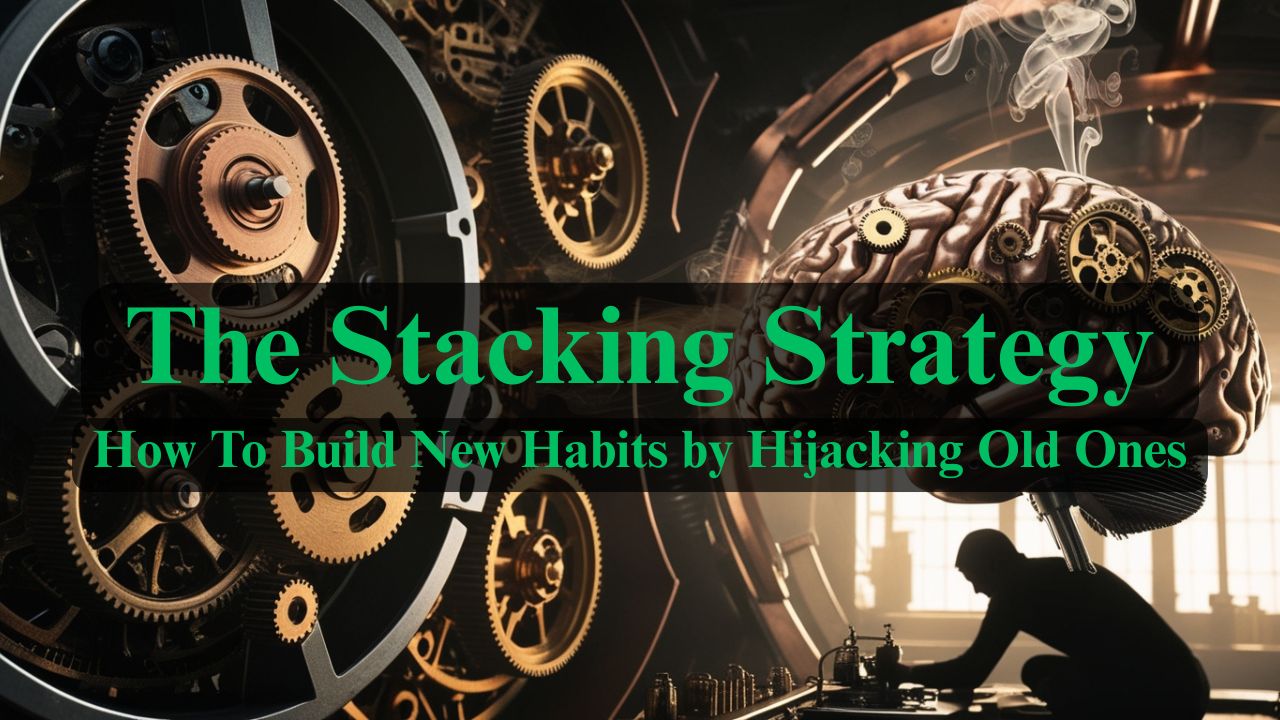
The Stacking Strategy
What if I told you that the habits you already have—even the ones you consider "bad"—could become the secret weapons for building the habits you want?
Read Full Article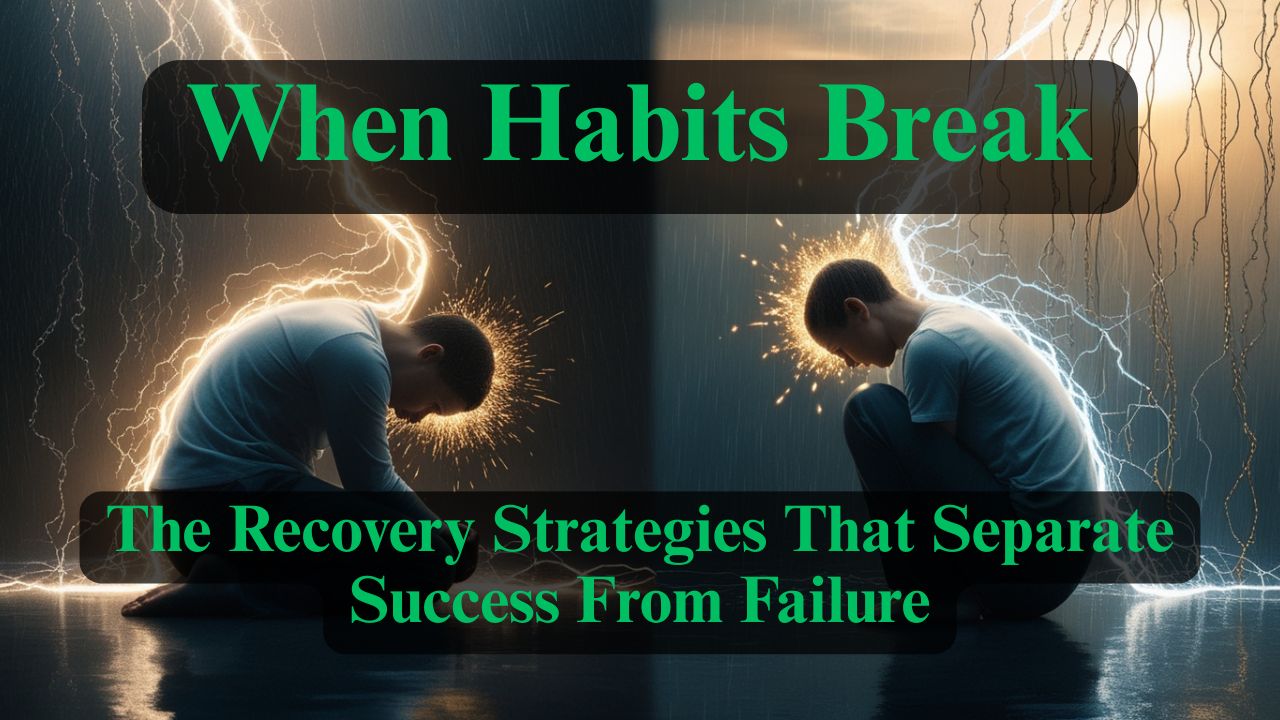
When Habits Fail - The Recovery Strategies That Separate Success From Failure
Here's what nobody tells you about building habits: you will fail. You'll miss days. You'll fall off track. You'll have weeks where everything falls apart.
Read Full Article
The Ultimate System - Designing a Life Where Good Habits Are Inevitable
You've learned to recognize habits, understand their formation timeline, stack them strategically, and recover from setbacks.
Read Full Article
